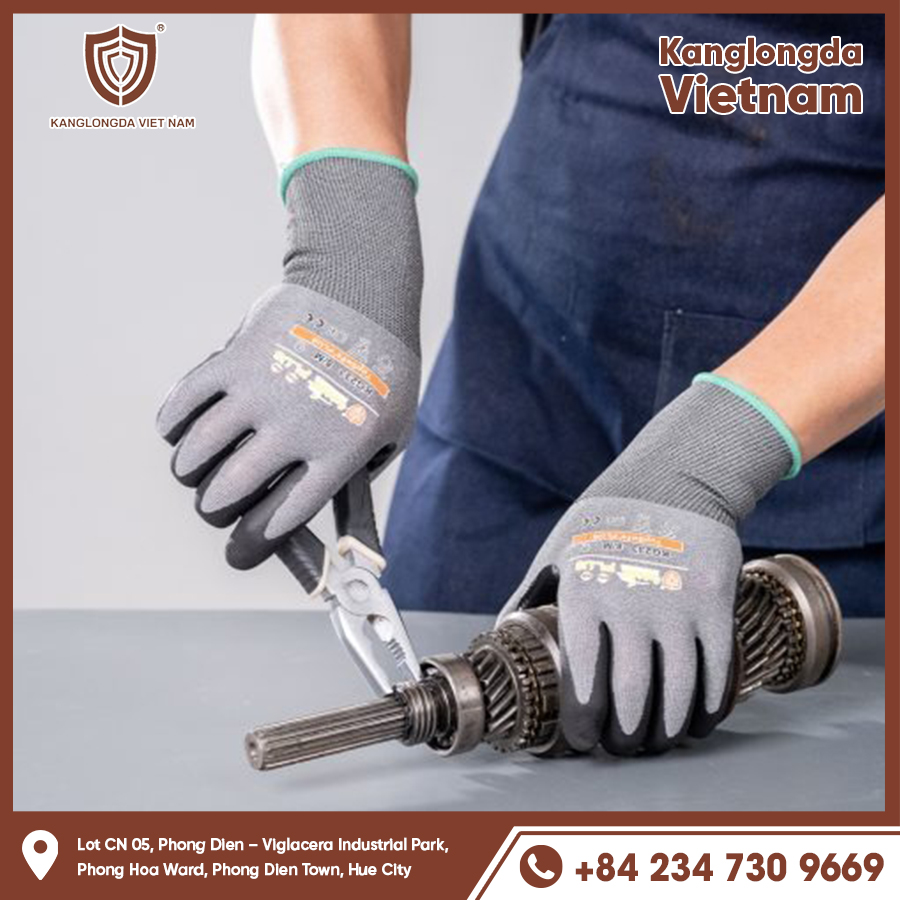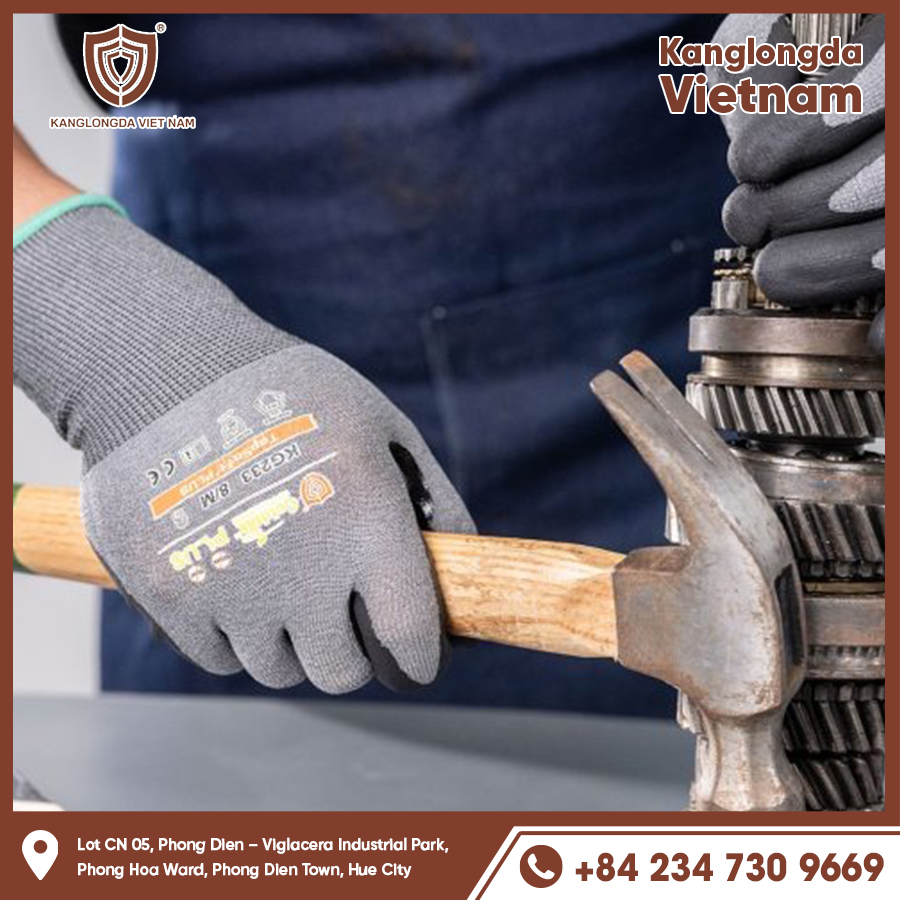Rubber gloves have become a staple in both domestic and professional environments. They offer a protective barrier against contaminants, chemicals, dirt, and bodily fluids—making them essential for cleaning, medical tasks, food preparation, and industrial work. Whether you’re scrubbing your kitchen, working in a lab, or handling hazardous materials, rubber gloves provide safety, hygiene, and peace of mind. In this comprehensive guide, we’ll explore the different types of rubber gloves, their uses across various industries, what features to look for, and how to care for them properly. This article is tailored to help you make informed choices, whether for home use or commercial needs.

Understanding the Different Types of Rubber Gloves
Natural Latex Rubber Gloves
Natural latex rubber gloves are made from the sap of rubber trees and are known for their elasticity and comfort. They provide excellent dexterity and are commonly used in healthcare, cleaning, and food handling. However, they may cause allergic reactions in some users. Latex gloves offer a snug fit and high tactile sensitivity, which makes them ideal for tasks requiring precision, such as surgical procedures or detailed cleaning work.
Nitrile Rubber Gloves
Nitrile gloves are a synthetic alternative to latex, offering better chemical resistance and puncture protection. They are perfect for people with latex allergies and are commonly used in labs, automotive work, and chemical handling. These gloves have become the preferred option in many industries due to their durability and hypoallergenic properties.
Chloroprene and Neoprene Gloves
Chloroprene (often referred to as neoprene) gloves provide excellent flexibility and chemical resistance. They combine the comfort of latex with the resilience of nitrile, making them suitable for both medical and industrial applications. Chloroprene gloves offer a balance between elasticity and toughness, ideal for extended wear in challenging conditions.
Common Applications of Rubber Gloves in Various Industries
Household Cleaning and Dishwashing
Rubber gloves are indispensable for household chores. They protect hands from harsh cleaning chemicals, hot water, and grime during tasks like scrubbing bathrooms, washing dishes, and cleaning floors. Thicker gloves with textured palms offer better grip and resistance to wear, making them ideal for heavy-duty cleaning.
Medical and Healthcare Use
In the medical field, rubber gloves are vital for preventing cross-contamination and ensuring patient safety. They’re used during examinations, surgeries, and other contact-based procedures. Medical-grade rubber gloves must meet strict FDA standards and are often powder-free to reduce the risk of allergic reactions or contamination.
Industrial and Laboratory Settings
Rubber gloves play a crucial role in industrial and laboratory environments where exposure to solvents, acids, or hazardous substances is common. These gloves provide chemical resistance, cut protection, and durability. In labs and factories, workers rely on gloves to prevent skin burns, chemical absorption, or abrasions caused by machinery and tools.

Key Features to Consider When Buying Rubber Gloves
Thickness and Durability
Thicker rubber gloves offer greater protection but may reduce sensitivity and flexibility. Thinner gloves allow more dexterity but are prone to tearing. Choose based on your application—for instance, thicker gloves for harsh chemicals and thinner ones for delicate tasks. Durability is critical for repeated use, especially in commercial and industrial settings.
Glove Length and Cuff Design
Glove length ranges from wrist to elbow. For tasks involving submersion or splashing—like dishwashing or chemical mixing—opt for long gloves with extended cuffs to protect your forearms. Cuffed gloves can also help prevent liquids from dripping inside the glove, improving safety and comfort.
Textured Surface and Grip
Gloves with textured surfaces improve grip when handling wet or slippery items. This is especially useful in kitchens, laboratories, or when working with oils and lubricants. Some gloves feature micro-roughened fingers or palm textures specifically designed for better control and precision.
How to Choose the Right Rubber Gloves for Your Needs
For Home and Kitchen Use
For dishwashing, floor scrubbing, and general cleaning, look for latex or nitrile gloves with a medium thickness and lined interior for comfort. Bright-colored gloves can help you distinguish between different household uses—like bathroom vs. kitchen. Comfort is key for long cleaning sessions, so a soft cotton or flock-lined interior is a bonus.
For Medical and First Aid Applications
Choose powder-free, medical-grade latex or nitrile gloves that are disposable and non-sterile or sterile depending on the task. Ensure they fit snugly and allow good finger movement for precise tasks like dressing wounds or taking vitals. For medical environments, always verify if the gloves meet ASTM or FDA standards for healthcare use.
For Professional or Industrial Work
If working with hazardous chemicals, go for heavy-duty nitrile or neoprene gloves with extended sleeves. Look for gloves rated for chemical resistance (often labeled with EN or ANSI standards) and ensure a tight, secure fit to avoid exposure. Reinforced gloves with abrasion and puncture resistance are vital in these high-risk applications.
Caring for and Disposing of Rubber Gloves Properly
Reusable vs. Disposable Gloves
Rubber gloves come in both reusable and disposable forms. Reusable gloves are thicker and designed for multiple uses, but they must be cleaned and stored properly. Disposable gloves are convenient for single-use tasks like food prep or medical exams. Understand your needs before choosing—disposable gloves reduce contamination but increase waste, while reusable gloves require maintenance but are more eco-friendly.
Cleaning and Storage Tips
To clean reusable gloves, wash the outside with soap and water while wearing them. Remove and turn inside out to dry completely before storing in a cool, dry place. Avoid exposure to direct sunlight or high temperatures, which can degrade rubber. Regularly inspect gloves for holes, tears, or weakening elasticity, and replace them if damaged.
Safe Disposal Practices
Disposable gloves should be thrown away immediately after use, especially if contaminated with bodily fluids or hazardous chemicals. Never reuse single-use gloves, and dispose of them according to local guidelines, especially in medical or industrial settings. Consider eco-friendly options like biodegradable gloves if reducing environmental impact is important to you.
Rubber Gloves and Health: Protecting Skin and Preventing Irritation
Preventing Allergies and Skin Reactions
Latex allergies are a concern for some users. If you notice itching, redness, or swelling, switch to hypoallergenic nitrile or neoprene gloves. Wearing cotton liners under reusable gloves can also reduce skin irritation. Powdered gloves, once popular, have declined in medical settings due to their potential to cause respiratory or skin reactions.
Moisturizing and Skincare Tips
Extended glove use can cause hands to become dry or sweaty. Apply a moisturizing lotion before and after glove use to keep skin healthy. Avoid lotions with petroleum, which can break down rubber material. You can also use glove-friendly barrier creams to protect skin from frequent washing or chemical exposure.
Selecting the Right Glove Material
If you’re not sure which type of rubber glove to choose, consider doing a patch test with different materials. Nitrile and neoprene are generally safe for sensitive skin, while latex offers comfort but carries allergy risks. Reading product labels and material breakdowns can help you make an informed choice.

Rubber gloves are more than just protective accessories—they are essential tools that enhance hygiene, safety, and efficiency across countless tasks and industries. From scrubbing your sink to saving lives in hospitals, these gloves help shield your skin, prevent contamination, and allow you to work with confidence. By understanding the different types, features, and uses of rubber gloves, you can choose the best option for your specific needs. Remember to care for your gloves properly, replace them when worn, and prioritize skin safety with hypoallergenic materials when necessary. Whether you’re a homeowner, healthcare professional, or industrial worker, the right pair of rubber gloves will make all the difference in your day-to-day routine.






